Table of Contents
Introduction ( history) of solar panels:
Types of Solar Panels: Alexandre Edmond Becquerel is considered to be the father of solar panels, having discovered how electricity is made from sunlight in 1839. His research created a way to build solar plants that heated water to make steam for electric machines during the Industrial Revolution Becquerel’s discovery showed that light shining on an electrode in a conductive solution produces electricity.
This is known as the photovoltaic effect, the same principle used in modern solar panels. A hundred years later, Russell Ohl used this knowledge to develop solar cells, which made the production of solar energy more efficient. Solar power panels rely on solar cells to function.
What is a ‘Solar panel’?
Definition: A solar panel is a set of solar (or photovoltaic) cells, which can be used to generate electricity through the photovoltaic effect. These cells are arranged in a grid-like pattern on top of the solar panels.
Therefore, it can also be described as a set of photovoltaic modules, attached to a supporting structure. A photovoltaic (PV) module is an arranged and connected array of 6 × 10 solar cells.
When it comes to wear and tear, these panels are very tough. Solar panel wears out slowly. In a year, its efficiency only decreases by about one to two percent (sometimes even less).
Most solar panels are made of crystalline silicon solar cells.
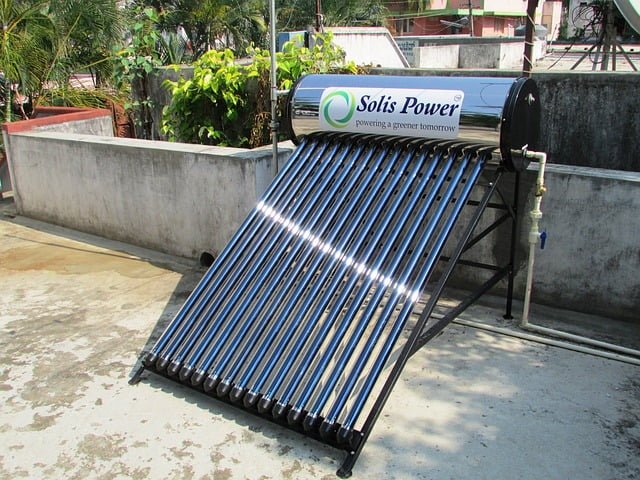
Installing solar panels in homes helps combat greenhouse gas emissions and thus helps reduce global warming. Solar panels do not cause any pollution and are clean. They also reduce our reliance on fossil fuels (which are in short supply) and traditional energy sources.
Nowadays, solar panels are used in large electronic devices such as calculators that work as long as there is sunlight.
However, the only major downside to solar panels is that they are very expensive. Also, the solar panel is installed outside as it needs sunlight to be used.
How many types of solar panels?
polycrystalline solar panels:
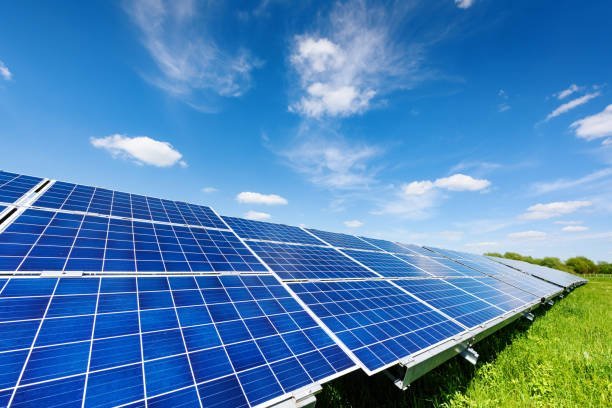
Polycrystalline solar panels use a silicon crystal made of many small grains arranged inside the solar cell. They, however, look perfectly rectangular with no rounded or square edges.
• Advantages:
One of the most affordable solar panels, polycrystalline silicon is easy to manufacture.
• Disadvantages:
If you want a higher door, you need to install more panels.
Excessive heat can alter its performance.
Monocrystalline solar panels:
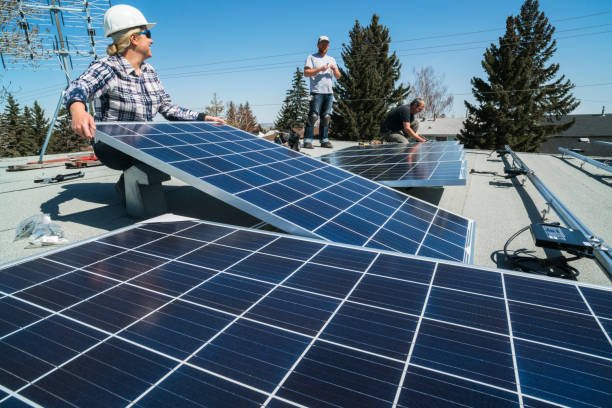
When it comes to monocrystalline technology, look for an outer diamond-like color that indicates high-purity silicon. Unlike polycrystalline, these panels use large crystal grains to create each silicon module. In this way, they produce more electricity than other types of solar energy.
• Advantages:
Monocrystalline panels have the highest dimensions, so less paper is needed.
• Disadvantages:
The most expensive type of purification is due to its difficulty in the manufacturing process.
Efficiency may be reduced at high temperatures.
Thin film solar panels:
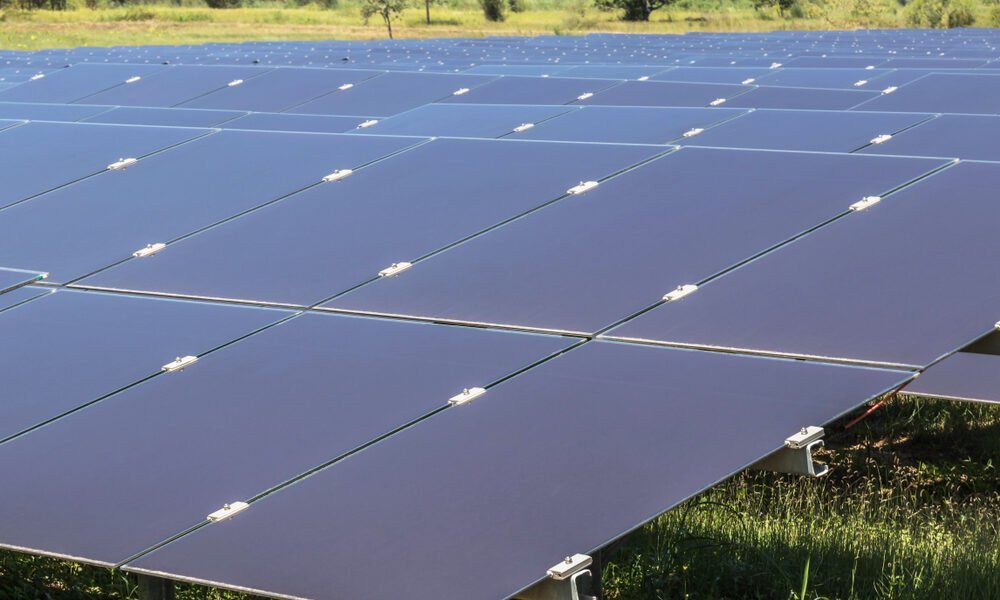
Finally, thin-film technology is not composed of highly purified silicon crystals, but continuous material. There are four types of thin-film solar photovoltaics (TFPV), defined by the photovoltaic materials used. The principle of TFPV, however, is the same as that of crystalline PV: the light hits the material and excites the electrons, which then ‘flow’ through a certain tolerance of the p-n junction, generating the electricity that is absorbed and used.
• Advantages:
More expensive than monocrystalline and polycrystalline panels Furthermore, performance is not affected by high temperatures, making it a good choice for hot climates.
• Disadvantages:
Less efficient than monocrystalline and polycrystalline panels, so you need more panels to achieve the same. Because of their nature, they tend to degrade faster than the other two types of solar energy.
In conclusion, whether you choose polycrystalline, monocrystalline, or thin-film solar panels, consult an expert first. Our professional team at Black Frog Solar will always be happy to provide you with personalized advice so that you can fully enjoy the benefits of your solar energy system
| Parameter | Description | Typical Values or Range |
|---|---|---|
| Type | The technology behind the solar panel. | Monocrystalline, Polycrystalline, Thin-film, BIPV, etc. |
| Efficiency | The percentage of sunlight that is converted into electricity by the panel. | 15% – 22% |
| Power Output (Watts) | The wattage or power that a solar panel can produce under standard test conditions. | 250W – 400W |
| Temperature Coefficient | Represents how much power output decreases for every degree above 25°C. | -0.3% to -0.5%/°C |
| Dimensions (L x W x H) | Physical size of the solar panel. | Varies by manufacturer and model. |
| Weight | How much the solar panel weighs. | 15kg – 25kg (33lbs – 55lbs) |
| Cell Technology | The type of solar cells used in the panel. | Silicon, Cadmium Telluride, Amorphous Silicon, etc. |
| Number of Cells | The total count of solar cells in one panel. | 60, 72, 120, 144, etc. |
| Frame Material | The material used to frame the solar panel. | Aluminum, Plastic, None |
| Front Glass Type | Type of protective glass on the front of the panel. | Tempered, Anti-reflective, etc. |
| Connector Type | The type of connectors used for wiring the solar panel. | MC4, MC3, etc. |
| Lifespan | The typical lifespan of the solar panel after which its efficiency may significantly decrease. | 25-30 years |
| Warranty | Manufacturer’s warranty for power output and/or materials. | 10-25 years |
| Price | Cost of the solar panel. | Varies by region and manufacturer. |
| Bifacial | Whether the panel can generate power from both front and rear sides. | Yes/No |
| Tolerance | Range in which the actual power output can deviate from the rated power. | +/- 3%, +/- 5%, etc. |
| Nominal Operating Cell Temperature (NOCT) | The temperature at which the solar panel operates under normal conditions. | 45°C – 48°C |
| Maximum System Voltage | The maximum voltage at which the solar panel can safely operate. | Usually 600V or 1000V |
This is a general table, and specific panels might have other parameters worth considering, such as degradation rate or snow load capacity. Always check with product data sheets for specific information.
How do automatic dashboard cleaning systems work?
Leaves, bird droppings, and airborne particles (from dirt and pollen) pollute solar panel costs. Dirty panels mean energy loss – dirt and debris reduce the solar panel’s ability to function at full capacity. The solar array is composed of several solar modules connected, and each solar module is composed of all the solar cells gathered in a frame. When sunlight hits the solar cell, it excites the electrons in the semiconductor material, this energy can be thought of as electricity. If the cells are not clean, less sunlight can be absorbed and less electricity is produced.
The energy loss can be related to the amount of dirt your solar panels accumulate. Energy loss can be as high as 25 percent, but some put the figure at up to 30 percent for consumers who never clean their systems.
Owners with minor solar systems may choose to use elbow grease as a method of cleaning their stoves. Solar panels, like windows, can be cleaned with warm soapy water to remove dirt or residue. When you wash them, you are washing the surface of the glass and the frame of the panel.
The sweat value has its downsides, however, manual cleaning of solar panels can be dangerous. First, you (or the person doing the cleaning) risk getting hurt. If you feel uncomfortable on your roof, consider your safety before climbing the ladder. Also, while soap and water won’t damage the solar panels, you still risk damaging yourself (remember, you care what you’re doing. Other things are left to the specialists.
FAQ
What are the main 3 types of solar panels?
There are three main types: Monocrystalline, Polycrystalline, and Thin-Film solar panels.
How do Monocrystalline panels differ from Polycrystalline panels?
Monocrystalline panels are made from single-crystal silicon, offering higher efficiency and a sleek black appearance, while Polycrystalline panels are made from multiple silicon fragments, generally less efficient and have a blue hue.
What are Thin-Film solar panels?
Thin-Film panels are made by layering one or more thin layers of photovoltaic material onto a substrate. They are lighter and more flexible but typically less efficient than crystalline panels.
Which type of panel is the most efficient?
Monocrystalline panels are generally the most efficient, usually around 15-20%.
What are Bifacial solar panels?
Bifacial panels can capture sunlight on both sides, utilizing reflected sunlight from nearby surfaces to increase energy generation.
Which type of solar panel is best for residential use?
Monocrystalline and Polycrystalline panels are most commonly used for residential purposes due to their higher efficiency and suitability for roof mounting.
Are Thin-Film panels suitable for commercial use?
Yes, Thin-Film panels can be suitable for commercial applications, especially where weight and flexibility are concerns.
How do weather conditions affect different types of panels?
All types of panels are affected by weather, but Monocrystalline tends to perform better in low-light conditions, and Thin-Film has some advantages in hot climates.
What is the average lifespan of these solar panels?
Monocrystalline and Polycrystalline panels typically last 25-30 years, while Thin-Film panels may have a slightly shorter lifespan.
Are there any new emerging types of solar panels?
New technologies, such as Perovskite solar cells and organic photovoltaics, are under research and development.
Which type of solar panel is the most environmentally friendly?
Thin-Film panels usually require less energy to manufacture, but the environmental impact also depends on other factors like recyclability and the specific materials used.
How does the cost vary among different types of solar panels?
Monocrystalline panels are usually more expensive due to higher efficiency, followed by Polycrystalline, with Thin-Film typically being the least expensive option.





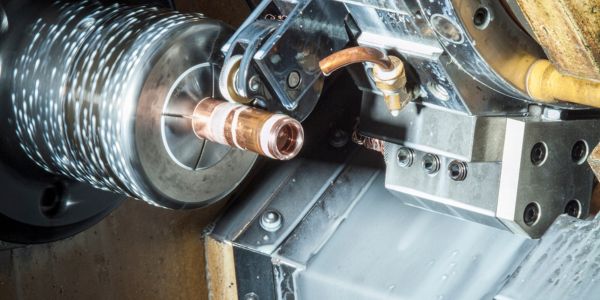
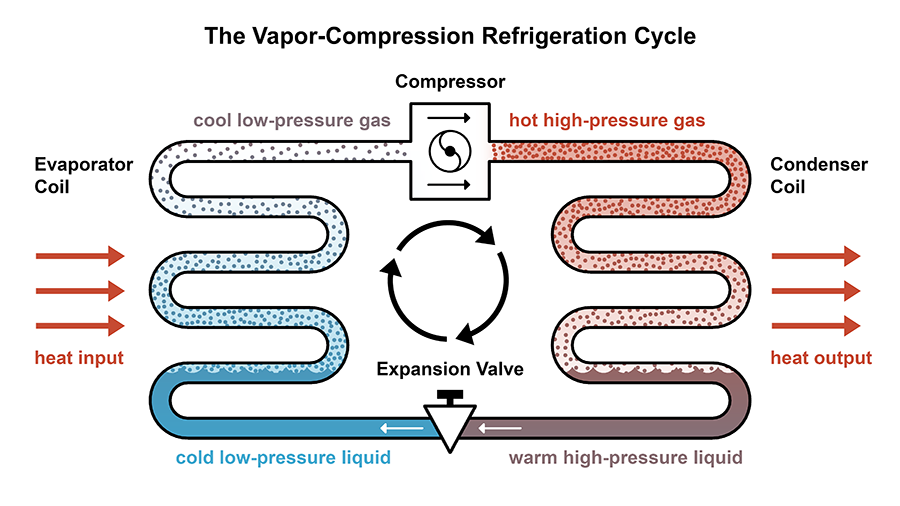









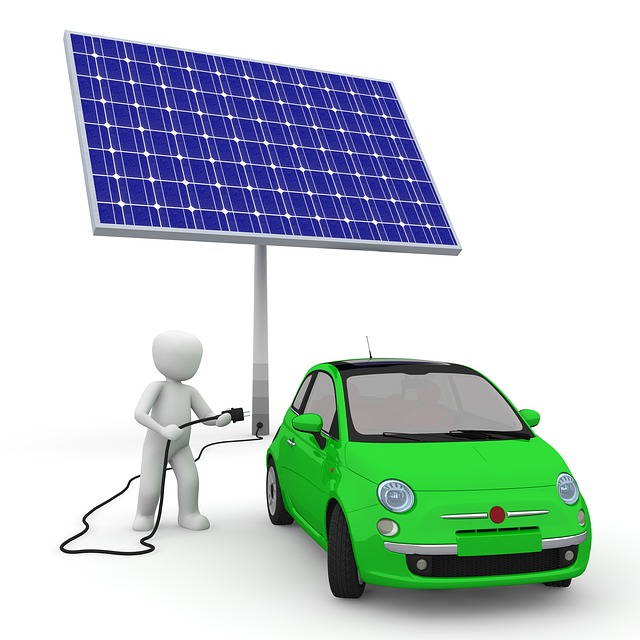
Comment on “Discover the Different Types of Solar Panels 2023”
Comments are closed.